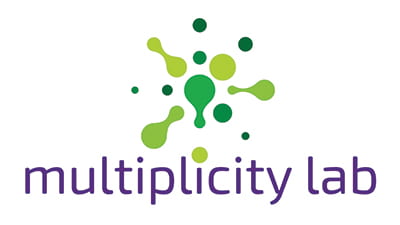Image of the Week: Developing Benchmarks
April 24, 2022Developing Benchmarks
Check out this week’s image, one that may resemble shelves in your classroom or school. Have you ever looked at a packed bookcase and wonder, How many books are there? This is just the kind of situation in which we might ask the question “How many?” but really only care about an approximate answer. Is this about 50 books? Or about 200 books? Or about 500? Or about 1000? About how many books do you think there are?
As we’ve written about before, estimating is sophisticated mathematical work, and it requires deep understanding of both quantities and units. To answer this question, you and your students need to rely on your understanding of some benchmark numbers, like 10, 25, 50, or 100. Benchmarks are the building blocks of estimation. We can image what one benchmark looks like and then ask ourselves, How many of those benchmarks do I think I see?
For instance, if you think that 10 books looks like half a shelf, then you might think that each shelf has about 20 books and then count by 20s across all the shelves: 20, 40, 60, 80, 100… 480 books. This would, of course, be different if you decided each shelf looked like 25 books. Or if you think each column of shelves looks like about 100 books, then you could skip count the four columns: 100, 200, 300, 400 books. But if you think 100 books likes like a full row of shelves, then you would see that with six rows, there might be 600 books.
In each of these strategies, a benchmark number helps us to build up an estimate, and while these estimates are different, ranging from 400 to 600, they bound a territory that we might call reasonable. If you class together uses benchmark numbers in a variety of ways to estimate, the collection of estimates is even more useful than any single estimate, because regardless of who is closest, we can say with confidence that this image does not hold 50 books or 1000 books, but something closer to 500.
Invite your students to develop and use benchmark numbers to estimate in this or any of our estimation activities!
And we invite you to follow us on Twitter! Tweet us the fascinating ideas you students have about our activities or how you’re trying these activities in your space. We can’t wait to hear from you!
To multiplicity, cheers!
Jen Munson and the multiplicity lab group

